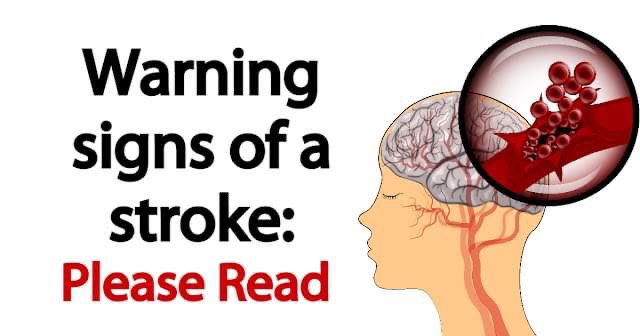
Raising awareness and providing information about the warning signs of a stroke is critical because it may save someone’s life. Medical professionals have discovered a new character for blood clots and strokes: the tongue.
Jane was at a barbecue when she stumbled and collapsed. She appeared scared but dismissed it, blaming her fall on new shoes and not wanting to alarm anyone.
After receiving care from others, she resumed her activities for the evening. However, later that night, Jane’s husband had to phone everyone to inform them that his wife had been brought to the hospital. Jane died around 6:00 p.m. following a stroke earlier that day.

It’s a tragic event that could have been averted if the symptoms of a stroke had been identified and treated. Although some people recover from strokes, others feel helpless and despairing.
As a result, it is critical to become familiar with a stroke’s warning indications and seek medical assistance as soon as possible. Let us all take on the obligation of informing our family and friends about this life-changing knowledge.
According to a specialist, a stroke victim can have the effects of their stroke entirely reversed if they obtain medical assistance within three hours.
The key to accomplishing this is speedy stroke recognition and diagnosis, followed by prompt medical attention. It can take time to achieve this within the three-hour time frame.
It is critical to be able to recognize stroke symptoms to avoid consequences, although this can be challenging at times. Unfortunately, failure to notice these signs frequently leads to significant brain damage for the stroke patient, especially when those around them fail to recognize the stroke in time.
As a result, it is advised to become acquainted with the three-step mnemonic, STR, to aid in identifying a stroke. Reading up on this material could save a person’s life.
Medical practitioners now believe that requesting the individual to complete three basic tasks can help with stroke detection.
First, ask them to SMILE, then ask them to SPEAK and create a logical statement, such as “Chicken Soup,” and last, ask them to RAISE BOTH ARMS.
If they cannot execute these chores, they must immediately phone emergency services and describe their symptoms to the dispatcher.
It is crucial to note that a crooked or otherwise deformed tongue can also indicate a stroke. As a result, asking the person to stick out their tongue and look for any asymmetry or deviation can be a helpful marker in identifying a stroke.
According to one cardiologist, spreading this knowledge to at least ten people has the potential to save a life. It is feasible to protect persons from the often-devastating effects of a stroke by increasing awareness of stroke symptoms and detection procedures.
Please consider sharing this link on your Facebook page to help distribute life-saving information